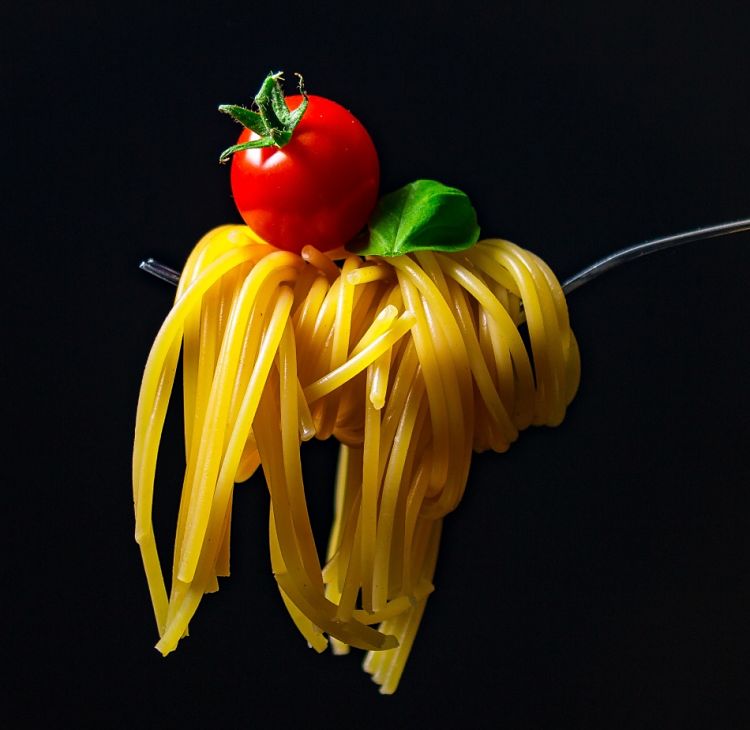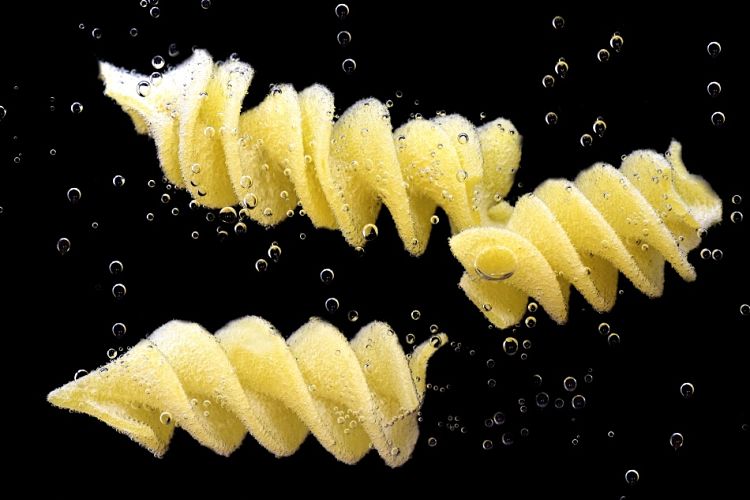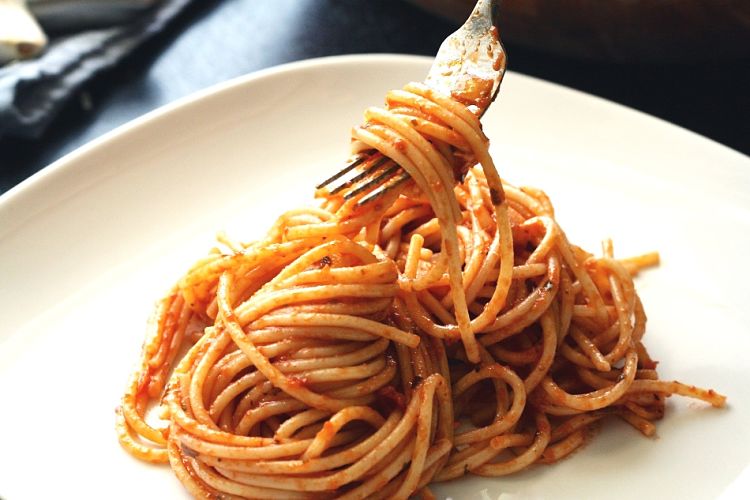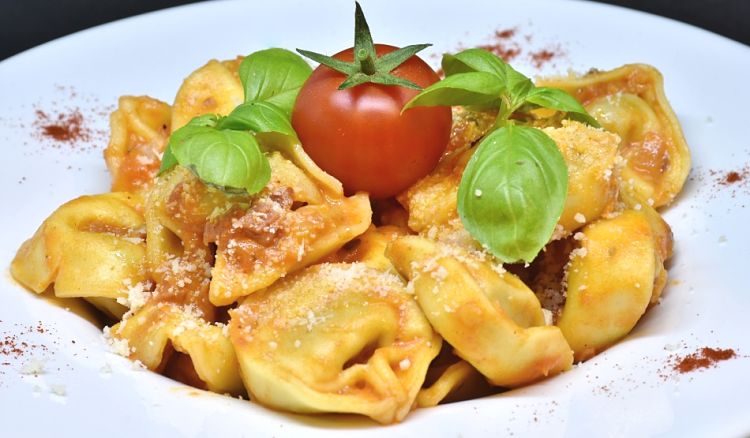Q&A: Pasta Master Cooking Guide and Best Tips for Perfect Pasta
Cook perfect pasta every time with this simple cooking guide and tips from top chefs and Traditional Italian Cooks. Despite the simplicity of the process, as with many things, it is the little things that matter so much, and make all the difference.
From the size of the pot and how much water to use, to boil or simmer, to rinse after cooking - you will learn some great tips to answer your questions. Discover clever ways to enhance starch levels and encourage the sauce to stick to the cooked pasta. Which ingredients you should add just before you serve.
These tips apply whether you use a packet of dried pasta or you make your own at home. Enjoy!
Use a large pot with plenty of water that is well salted.
You need 5 or 6 quarts (litres) of water for a standard size 16 oz (500 g) package of pasta. Add at least 1-2 tablespoon of salt for 5-6 quarts (litres) of water. The salty water boosts the pasta’s flavor. Make sure the water is boiling very vigorously when you add the pasta, not just simmering. Cooking pasta in rolling boiling water stops the strands from sticking together. To prevent the pot coming off the boil when you add the pasta place the lid back on the pot until the water boils vigorously again.

Boost the starch in pasta cooking water using semolina flour
Add 1/4 cup semolina flour to 1 cup of your boiling water in a cup. Mix to create a slurry, and then add this to your cooking water while it is boiling. This boosts the starch in your cooking water that makes your pasta glossy and help the sauce bind to the pasta.
Stir regularly to stop the pasta strand from sticking together
Don’t ignore the pasta while it cooks. Keep on 'pasta duty' and stir the pot or untangle the stands at least 2 or 3 times during cooking. This keeps strands swirling around freely in the rolling boiling water and prevents them from clumping.

Test the pasta two minutes before the package instructions say it will be ready
Check the recommended cooking times on the pasta package. Often a range will be provided say between 6 to 8 minutes. Cooking times can be critical and so start checking for al dente, 2 minutes early at say 4 minutes, then at 5 minutes. To check that it is just about al dente, remove a single strand of pasta using a fork or tongs. Allow to cool then bite into it. Does the center resist just enough, or is there a still small amount of crunch in the core? You want the pasta to just have a springy bounce to it, with a tiny hard core. Remember that the pasta will continue cooking while you are preparing to serve it. It will cook while you are swirling it in the sauce and on the plate when served. Overcooking ruins a stellar pasta.
Fresh pasta, unlike dried pasta varieties, only takes 2-3 minutes to cook. It is harder to ensure that it is not over-cooked than dried pasta. It takes a little practice to get it right. The trick to cooking stuffed pasta, like ravioli, is to wait untill it rises to the surface and floats.
Save the pasta water for the sauce
Once the pasta is cooked, before you drain the water, scoop out 1-2 cups of the pasta water into a cup or mug. This starchy water is ideal for preparing the sauces, to thin down a thicker sauce so that it binds to the noodles.
Don’t add oil to the pasta water.
Some people apply the false notion that adding a slurp of olive oil will keep the strands from clumping together. However, clumping can be prevented by having a rolling boil and frequent stirring. The oil can also leave your pasta too slippery for the sauce to cling to the strands.
Don’t rinse your pasta when it’s done cooking.
Rinsing washes away all the starches that help bind the strands with the sauce.

Toss and season the paste with the sauce in the saucepan
Finish the pasta in the sauce. Remove and drain the pasta before it is fully cooked in the boiling water. Taking it out a few minutes early and adding it to the sauce, helps the starch from the pasta to thicken the sauce. It also helps to coat the pasta with the sauce and for the sauce to penetrate the pasta while it is finishing cooking. Drain your pasta using a colander. Then, put the drained pasta back into the pot and add the sauce, or add the drained pasta to the pan used to prepare the sauce. Add a small amount of pasta water to get the right consistency, and toss the pasta in the sauce to evenly coat all surfaces. Tossing the pasta for at least 20-30 seconds in the pan to get the perfect consistency it vital.
Take time to taste and adjust the seasoning. Also, add some stock or pasta water to ensure the right consistency. Quickly adding some olive oil, butter, salt, freshly ground pepper. Add a small handful of pecorino or parmigiano cheese when you’re tossing the pasta through the sauce. This gives the sauce a glossy appearance and gives it a slight creaminess and improves the final taste and texture. Be quick with this final stage and keep the pan or pot heated to ensure the pasta is served piping hot.

Try finishing seasoning your pasta with some acidity
Try adding a dash of high quality wine vinegar to cut through the excess richness of the pasta and sauce. This applies if the sauce does not have enough acidity via the tomatoes and other ingredients. Do this when adjusting the seasoning just before serving. This is not mentioned in many recipes, but you may find it matches your taste preference.